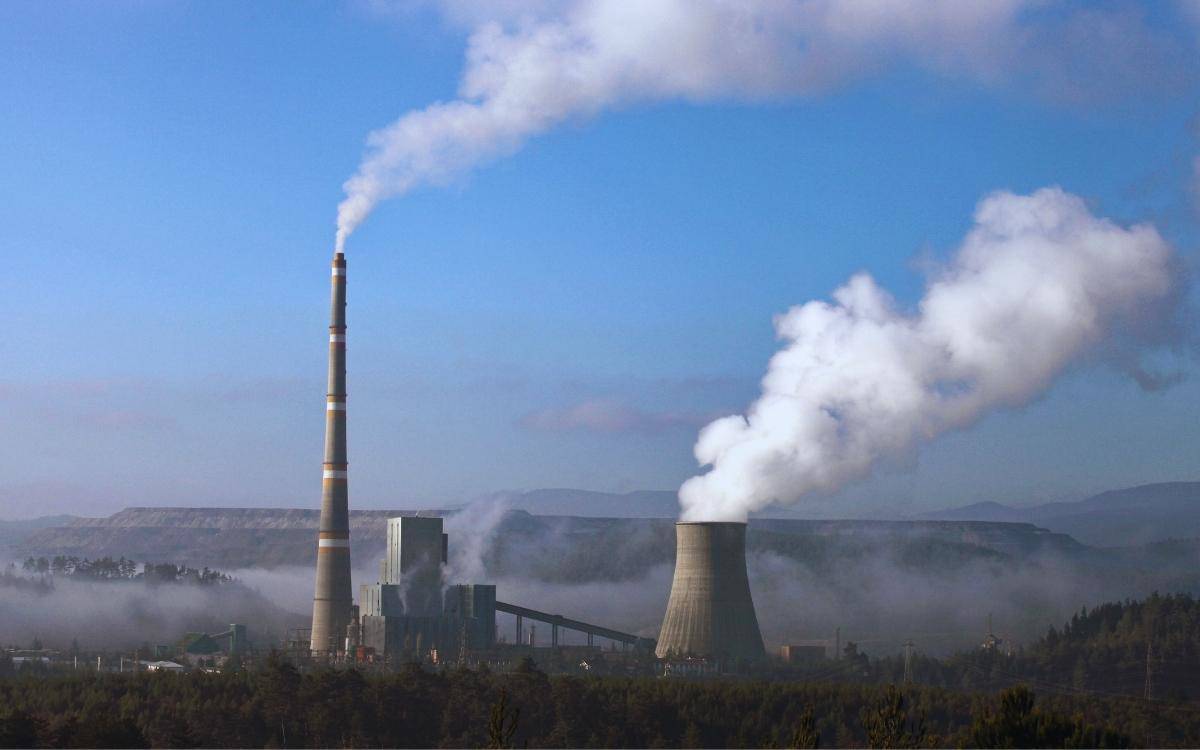A new study we co-published with Berkin Gümüş and Assoc. Prof. Dr. Sertaç Oruç, examining the impacts of the climate crisis on extreme weather events in Turkey, reveals a consistent trend towards drier conditions in the country.
According to the findings of the study, temperatures are expected to rise nationwide, accompanied by decreased precipitation. Moreover, extreme rainfall events are predicted to occur more frequently and intensely. These changes are projected to become even more pronounced in a pessimistic scenario where countries fail to reduce greenhouse gas emissions significantly.
While Southeastern Anatolia continues to experience the longest periods of drought, it is estimated that periods of drought will extend the most in the Marmara Region. Average rainfall is expected to decrease, particularly in the Mediterranean and Aegean Regions.
Extreme temperatures
The study also investigates the impact of the climate crisis on daily minimum and maximum temperatures. In both scenarios, temperatures are expected to increase throughout the century. While the rate of increase slows down in the optimistic scenario, it is projected to accelerate until the end of the century in the pessimistic scenario.
Unlike precipitation changes, temperature changes progress uniformly across all regions. By the end of the century, it is expected that average daily maximum temperatures will increase by 3.5 degrees in the optimistic scenario and 6.1 degrees in the pessimistic scenario. Similarly, the average of the lowest temperatures is predicted to rise between 3.3 degrees and 5.6 degrees.
Decrease in subzero days
Another parameter examined in the study is the number of days per year when temperatures drop below zero degrees. Historical data reveals that while the average number of these days in Turkey is 105, it is 163 days in Eastern Anatolia and only 49 days in the Marmara Region.
With increasing temperatures, these values are expected to rapidly decrease nationwide in the future. In the pessimistic scenario, it is projected that by the end of the century, the average number of days when temperatures drop below zero will decrease from 105 to 49 nationwide, from 163 to 91 in Eastern Anatolia, and from 49 to 12 in the Marmara Region.
Eastern Anatolia is expected to experience the most significant decrease, approximately by 72 days. This trend is anticipated to lead to significant reductions in snowfall in the region, with increasing temperatures potentially shifting the melting periods of snow to earlier months.
Source Article: "Impacts of Climate Change on Extreme Climate Indices in Turkey Driven by High-Resolution Downscaled CMIP6 Climate Models" by Berkin Gümüş, Sertaç Oruç, İsmail Yücel, and M. Tuğrul Yılmaz: Sustainability 2023, 15(9), 7202.
This news article, prepared by Prof. Dr. İsmail Yücel and Prof. Dr. M. Tuğrul Yılmaz, is published in collaboration with the İklim Masası and bianet.
İklim Masası is a news service aimed at disseminating reliable information about the climate crisis to the public. Its authors consist of scientists with expertise in the subjects they cover.
(TY/VK)











as.jpg)
